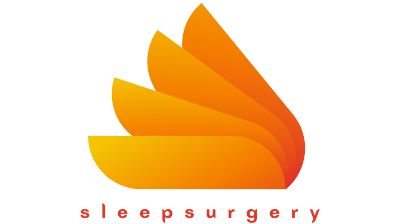Hyperopia, also known as farsightedness, is an ocular anomaly that perplexes many individuals seeking visual clarity. In this article, we will delve into the realm of hyperopia, exploring its symptoms, correction methods, and preventive measures.
Symptoms of Hyperopia:
Hyperopia manifests itself through various telltale signs. Individuals with hyperopia often struggle to focus on nearby objects, experiencing blurred vision in their immediate surroundings. Squinting becomes a common reflex, as the eyes strain to compensate for the visual discrepancy. Eyestrain, headaches, and general discomfort may also accompany hyperopia, creating a need for corrective measures.
Correction Methods for Hyperopia:
Fortunately, numerous corrective options exist for those affected by hyperopia. These include:
Eyeglasses: A classic and reliable choice, eyeglasses offer a straightforward solution for individuals with hyperopia. Specially designed lenses refract light, allowing it to properly converge on the retina and enhance near vision. The lenses can be customized based on the individual’s specific needs, providing optimal visual clarity.
Contact Lenses: For those seeking an alternative to eyeglasses, contact lenses offer a convenient and inconspicuous option. These thin, prescription lenses sit directly on the surface of the eye, correcting the refractive error and providing clear vision. Contact lenses come in various types, such as daily disposables or extended wear, catering to individual preferences.
Refractive Surgery: In some cases, individuals may opt for refractive surgery to correct hyperopia. Procedures like LASIK (Laser-Assisted In Situ Keratomileusis) and PRK (Photorefractive Keratectomy) reshape the cornea, allowing light to focus correctly on the retina. It is important to consult with an experienced ophthalmologist to determine if one is a suitable candidate for these surgical interventions.
Prevention: While genetics play a role, taking preventive measures can help:
Regular Eye Examinations: Early detection aids timely intervention.
Balanced Visual Habits: Taking breaks during near-focused activities reduces strain.
Adequate Lighting: Optimal lighting minimizes eye strain.
